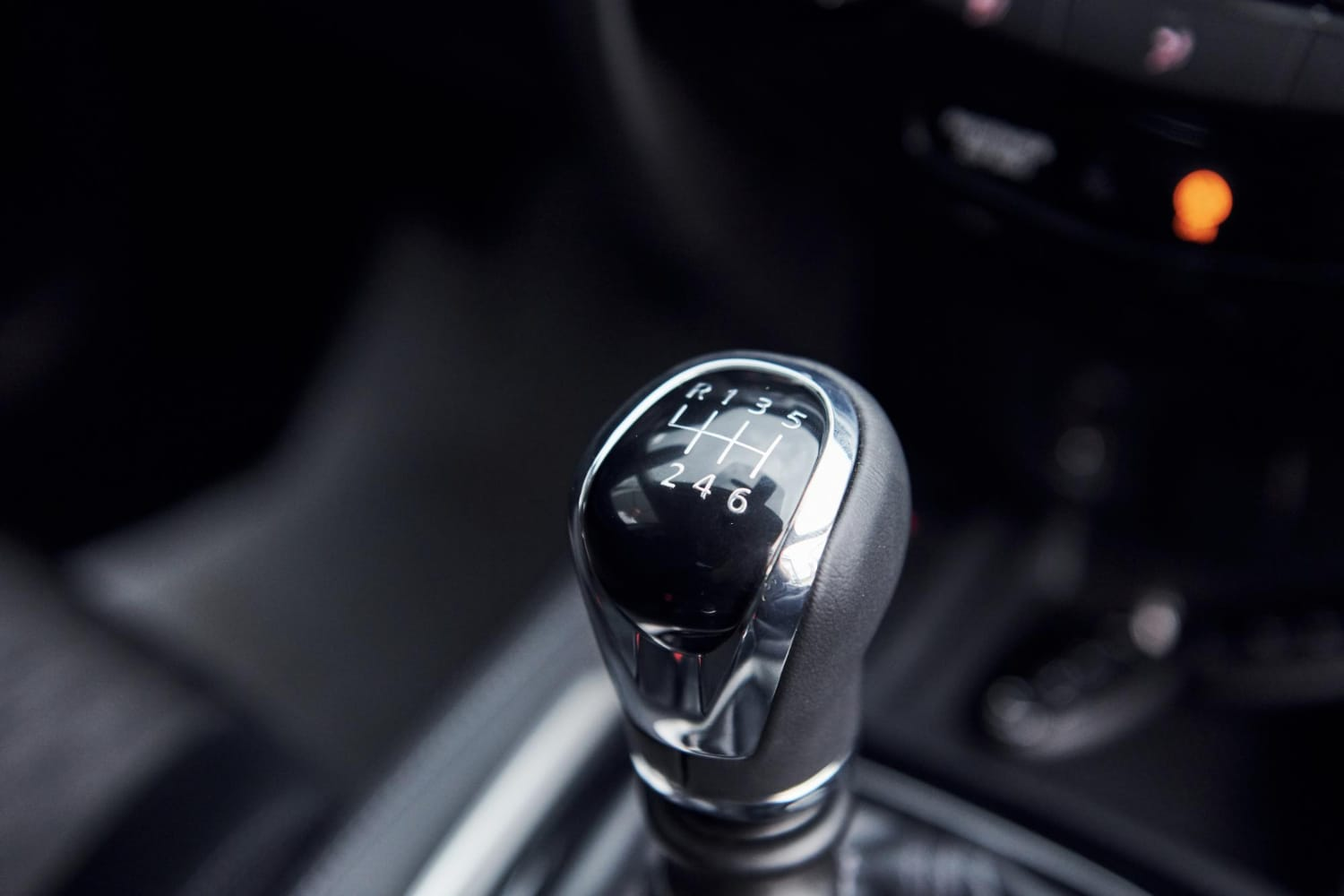
Advanced Driver-Assistance Systems (ADAS) have revolutionized automotive safety and convenience, integrating cutting-edge technologies to assist drivers in various aspects of vehicle operation. From collision avoidance to adaptive cruise control, ADAS systems utilize sensors, cameras, and artificial intelligence to enhance driving experiences and mitigate risks on the road. This article explores the capabilities, benefits, and future trends of ADAS, highlighting their role in shaping the future of automotive safety and mobility.

Capabilities of ADAS:
ADAS encompass a wide range of technologies designed to assist drivers in navigating and controlling their vehicles more safely and efficiently. Key features include:
- Collision Avoidance Systems: ADAS can detect potential collisions with other vehicles, pedestrians, or obstacles and alert the driver or automatically apply brakes to prevent or mitigate impacts.
- Lane Departure Warning and Lane-Keeping Assist: These systems monitor the vehicle’s position within lane markings and provide warnings or corrective steering inputs to prevent unintended lane departures.
- Adaptive Cruise Control (ACC): ACC maintains a safe distance from vehicles ahead by automatically adjusting the vehicle’s speed, reducing the need for constant manual speed adjustments.
- Blind Spot Monitoring: Sensors and cameras detect vehicles in blind spots and provide visual or audible alerts to help drivers avoid collisions during lane changes.
- Parking Assistance: ADAS systems assist drivers in parking by providing automated steering inputs or 360-degree camera views to maneuver into parking spaces safely.
Benefits of ADAS:
- Enhanced Safety: The primary benefit of ADAS is improved safety through real-time monitoring and intervention capabilities that help prevent accidents caused by human error, distraction, or fatigue.
- Reduced Collisions and Injuries: By alerting drivers to potential hazards and assisting in vehicle control, ADAS systems contribute to reducing the frequency and severity of collisions, leading to fewer injuries and fatalities on the road.
- Improved Driver Convenience: ADAS features such as adaptive cruise control and automated parking simplify driving tasks, reduce driver fatigue, and enhance overall driving comfort and convenience.
- Insurance Premium Reduction: Some insurance providers offer discounts for vehicles equipped with ADAS due to their proven ability to reduce accident risks and associated claims costs.
Future Trends in ADAS:
The evolution of ADAS is driven by advancements in sensor technology, artificial intelligence, and connectivity, paving the way for more sophisticated capabilities and integration with autonomous driving systems. Future trends include:
- Autonomous Driving Integration: ADAS will continue to progress towards higher levels of automation, with features like highway autopilot and urban traffic navigation becoming more commonplace.
- Sensor Fusion: Combining data from multiple sensors (e.g., radar, cameras, lidar) will enhance the accuracy and reliability of ADAS systems, improving their performance in complex driving scenarios.
- Artificial Intelligence and Machine Learning: AI algorithms will enable ADAS to learn from real-world driving data, anticipate driver behavior, and adapt responses to changing road conditions more effectively.
- Vehicle-to-Everything (V2X) Communication: ADAS systems will leverage V2X communication to interact with other vehicles, infrastructure, and pedestrians, enhancing situational awareness and proactive hazard avoidance.
Challenges and Considerations:
Despite their benefits, ADAS systems face challenges such as:

- Driver Education and Acceptance: Ensuring drivers understand the limitations and capabilities of ADAS systems is crucial to maximizing their effectiveness and avoiding overreliance.
- Data Security and Privacy: The collection and transmission of sensitive data by ADAS systems raise concerns about cybersecurity and privacy protection, requiring robust safeguards and regulatory frameworks.
- Cost and Affordability: The integration of advanced sensors and AI technologies into vehicles can increase manufacturing costs, impacting affordability and accessibility for consumers.
Conclusion:
Advanced Driver-Assistance Systems (ADAS) represent a transformative leap forward in automotive technology, enhancing safety, convenience, and driving efficiency. As these systems evolve and become more sophisticated, they will play an increasingly vital role in shaping the future of mobility, paving the way towards safer, more connected, and autonomous driving experiences. Embracing innovation and addressing challenges will be crucial in harnessing the full potential of ADAS to create a safer and more sustainable transportation ecosystem globally.





